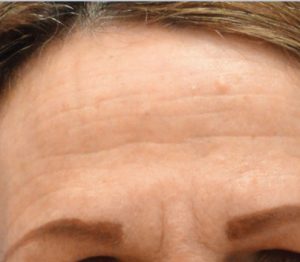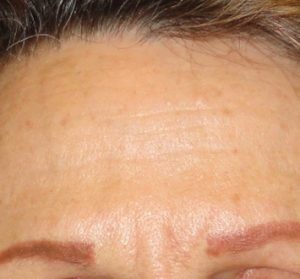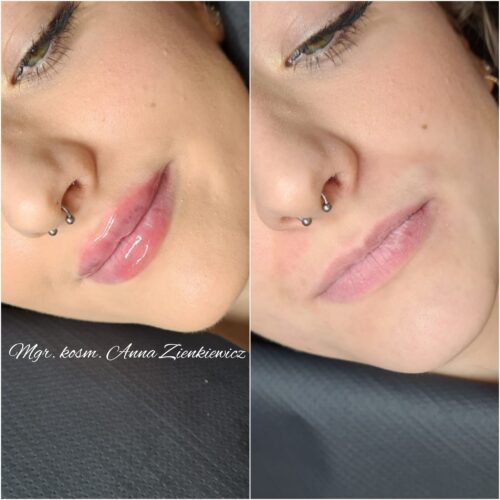Thermolifting NIR Krakow

Passing time is reflected in the appearance of our skin, which loses its elasticity, sags and is more and more susceptible to the formation of wrinkles and folds. However, you do not have to put yourself in the hands of the plastic surgeon in order to stop this process and eliminate existing imperfections. The best solution is thermolifting NIR, which effectively tightens the skin and rejuvenates it.










